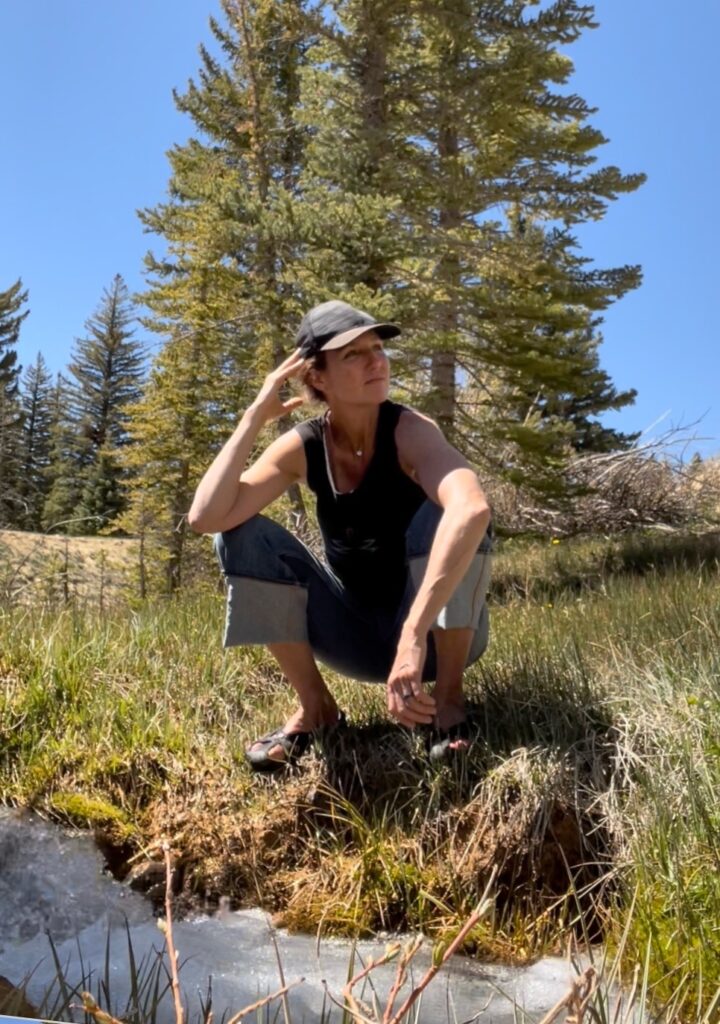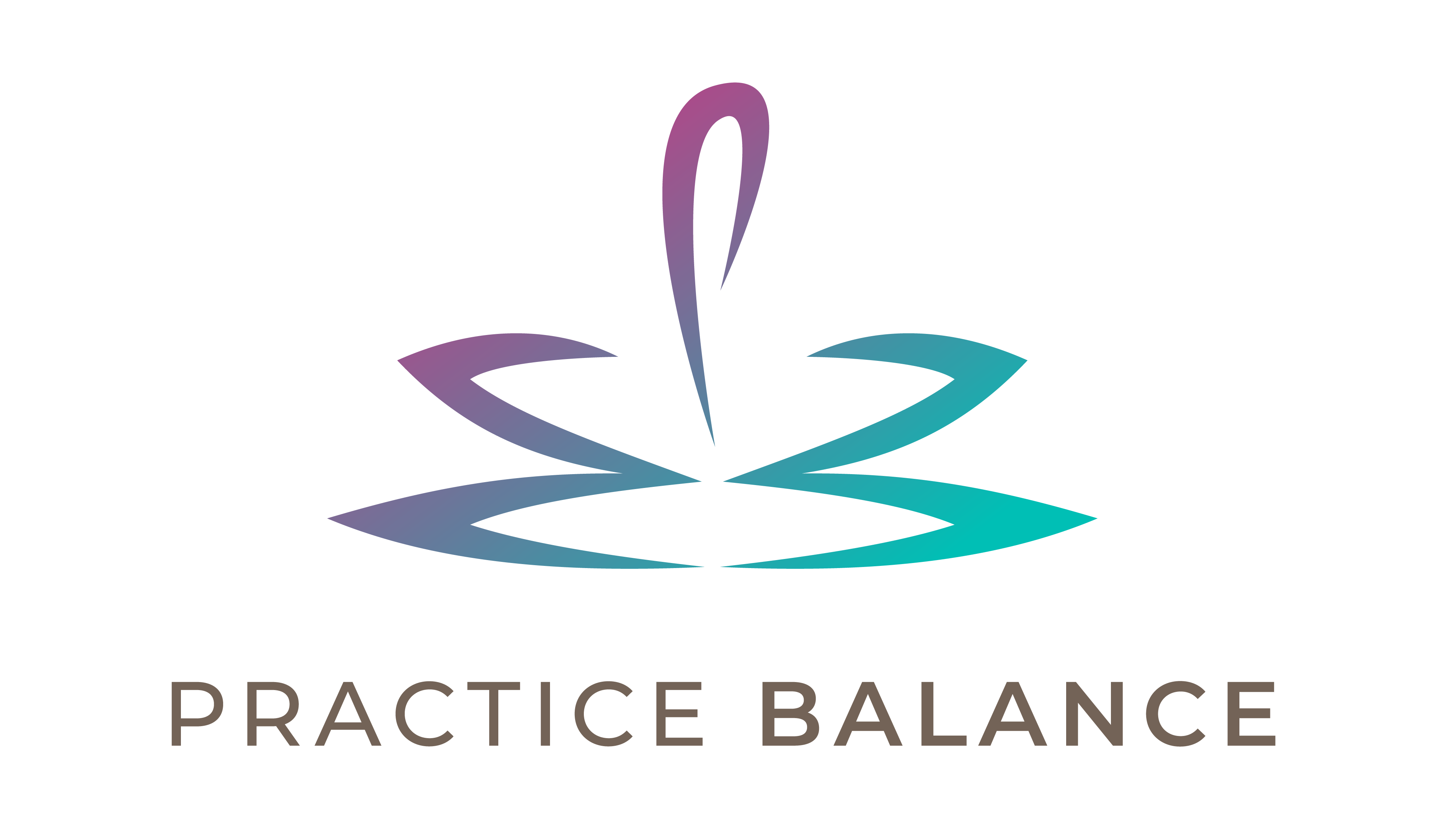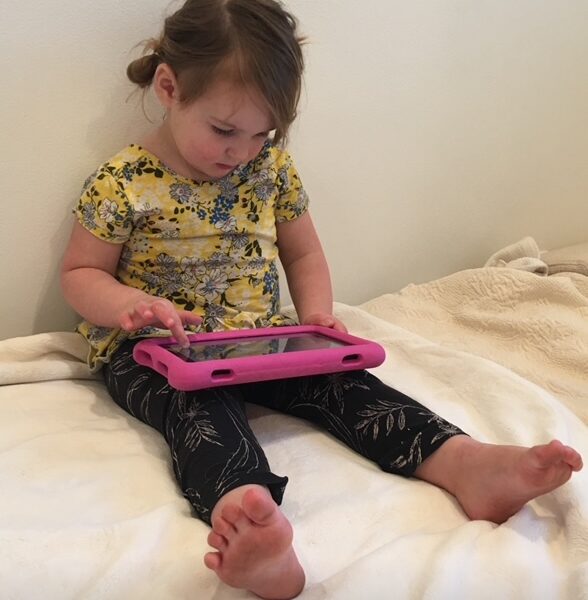In today’s always-on, information overload, highlight reel, echo chamber world, how do you stay sane? How do you balance social media and device use – arguably an imperative activity for most of us – with other things that matter?
I recently prepared and delivered a talk on this subject at The White Coat Investor Physician Wellness and Financial Literacy Conference, held in Orlando, FL this past February. A lot of people attended the talk, but even more people approached me at random times during the conference to pick my brain, tell me stories, and share their thoughts on living – and parenting – in this era of social media.
Given their interest, I thought many of you would find what I learned interesting and useful as well.
Social Media: The Good
First off, why is social media something we need to talk about? Why, as a person in the wellness and work-life balance space, am I concerned about it?
Let’s face it; social media is an amazing tool! Without social media, I would not have met my book beta readers, and I likely wouldn’t have networked so widely with people and organizations where I’ve given talks and workshops. I probably wouldn’t know what my distant relatives or college friends were up to today.
We now have more information at our fingertips on any given day than people just hundreds of years ago encountered in their lifetimes! We can quickly exchange vital information about health and safety in emergencies. And also, we can reach a wide audience with our messages.
Social Media: The Bad
The dark side to social media starts with the fact that constant connectivity online leads to decreased human interaction in real life. We are hardwired for face to face contact in close communities, but our interactions on social media are commonly superficial. Words without context can be misinterpreted… and then there’s the fact that vitriol, call-out culture, and rants are what get the most attention. This has changed “civil” discourse forever.
The app algorithms are engineered to get us addicted to the scroll. In the industry, they call it “keeping eyeballs on”. Truly, there are departments of engineers, sitting in cubicles, getting paid six figures, whose job is to work on this! It’s that powerful.
Another aspect to social media with respect to work-life balance is that it takes our time away from other life-enhancing and renewing activities: rest, sleep, exercise, spending time with family, etc. It also can take away from our work time, making us distracted and less productive. Despite what we think, we are not great multitaskers. We are in a constant state of focused distraction.
Social media is a tool that, if wielded incorrectly, can easily become a weapon. I have an eight year old daughter who someday soon will ask for a smartphone and social media. I have my own qualms about the always-on nature of social media and trying to reach an audience using an algorithm I don’t understand and can’t control. I myself struggle with comparison to my colleagues and peers on social media… so I sought to learn more about it and find out how to develop my own best practices.

Two great books that I recommend on this topic are Scarcity Brain by Michael Easter and Dopamine Nation by Anna Lembke. The Scarcity Loop is a phenomenon seen in modern society where three elements (opportunity, variable rewards, and quick repeatability) need to be in place. When they are present in an overuse situation, it leads to addiction. Think of a slot machine; it has opportunity for monetary gain, a variable payout schedule, and quick repeatability with the pull of a lever or touch of a musical button to place another bet.
Social media fits this loop, some of the modern dating apps fit this loop, even hyperpalatable ultraprocessed foods fit this loop. Once you see it, you can’t unsee it.
Social Media: The Ugly
Technologies like these have evolved faster than our brains have evolved. In our modern world of abundance, there are so many dopamine hits now available to us – including with social media – that our internal production of dopamine becomes depleted. What does this look like? This looks like a general state of dissatisfaction, “blahs”, and the constant desire to upgrade. At the ends of the spectrum, it can also manifest as depression and anxiety.
There are numerous studies that point to links between social media usage and mental health disorders. Some are robust, others are not. This active, collaborative review document keeps track of all the current studies published on the subject. Nevertheless, there’s a signal – particularly with kids. Depression, anxiety, suicide and self-harm rates have increased significantly since the year of the first iPhone.
When teens were surveyed about their social media and phone usage, they admit that it causes them mental harm. No technology that has previously been introduced and brought worry with it – TV, video games, internet, etc. – has had a primary user group AGREE that it is a problem!
Coexisting With Social Media
So… what can we do? You may choose to not participate, but social media is endemic. It’s here to stay, and it will cross through your life in some way. We need to develop ways to coexist with the technology and not go insane in the process.
This starts with self-knowledge and reflection. Are you or anyone else in your household currently having trouble moderating your social media usage? If so, a great way to start the process of change is to undergo a period of abstinence. Dr. Anna Lembke, author of Dopamine Nation, insists that a period of abstinence is imperative for those demonstrating problematic, addictive behaviors. Three to four weeks is ideal for preventing relapse. Depending on the severity of the problem, you could also consider trying a shorter period like one week.
During your time off, replace the time you were spending on social media with another task you’ve been missing or wanting to incorporate into your life. Don’t feel like you get enough exercise? Work in a daily walk. Been wanting to learn to cook? Take a cooking class or create a new dinner each night after watching a Youtube tutorial. Have you felt like your life has taken the turn toward boring? Take a class to learn a new skill. While you’re taking this time off social media, reflect on how you feel. In the beginning, it will feel BAD. But it will get better, and you will learn about yourself in the process.

These more “old school” ways to produce dopamine will help to reset the pain/pleasure balance in your nervous system. Other ways to reset your dopamine balance are to get outside in nature, spend time in a state of awe, practice a meditation or mindfulness technique, or engage in a challenge. This is one of the reasons ice baths are so popular right now, though as a perpetually cold-sensitive, hypothyroid person, I can’t say I’ve tried it.
The books Digital Minimalism and How to Break Up with Your Phone both include protocols you can follow during your social media abstinence experiment, in addition to tips for slowly bringing back the essentials when you’re ready.
Using social media sensibly and sustainably will involve placing boundaries. Dr. Lembke calls these “self binding strategies” and categorizes them into physical, chronological, and categorical. For instance, families who are working to limit time on devices might find a lock box helpful. You might combine the physical boundary of a lock box with a chronological boundary, such as, all phones go into the box for two hours each evening during dinnertime and cleanup. Lastly, an example of a categorical boundary is limiting your social media use to your one favorite app.
A Word on Parenting
Parenting in the age of social media is truly uncharted territory. There is no precedent. The information about social media’s deleterious effects is emerging, and we must pivot with grace as we go along. Remind your children that we’re all working together to find the best practices, and make sure you’re modeling the kind of behavior you’d like to see in them.
Psychology experts such as Helping Families Thrive recommend striking a balance between authoritarian rigidity and a laissez-faire, permissive attitude towards social media when it comes to your teens and tweens. You and your children can devise your own reasonable boundaries that work for your family, in addition to punishments for when those boundaries are violated.
Leaning Out From the Social Media Treadmill
What does this have to do with leaning out? Some of the same principles for finding your unique work-life balance I discuss in my book and podcast apply to developing your own unique social media use plan. Any good journey towards success – whether it be finding work-life balance, reaching a long-held goal, improving a relationship, or coming up with a plan for how you will use social media – starts with the foundation of self-knowledge.
What do you most value? How do you best take care of yourself when you’re stressed? What’s the easiest way you’ve found to make habits stick? I give lots of information about these things on this blog and in my book. In addition, I recommend checking out Gretchen Rubin’s resources on how self-knowledge improves habits, to help with more specifics.
Why do your values have any bearing on how you use social media? They can be a guidepost for knowing your WHY of consuming and posting. Always remember why you are on social media. If you find yourself deviating from that why, make a hard stop and do something else. Unfollow any accounts that aren’t aligned with your reason for being on social media.
Avoid getting “on the treadmill” of posting for visibility using an algorithm you have no control over. About five years ago, I attended a conference where I listened to a lecture about how to basically become an influencer on Instagram. I made one post using the suggestions, and I gained something like 100 followers in a couple days. Since then, I’ve never created anything with that level of buzz.
Very few people are truly going to become famous on social media… and do you want to be famous anyway? Go back to the why of your posting; are you hoping to help, inspire, educate, or just connect with like-minded folks? I love to inspire others with my posts, but I don’t see it as a huge business driver. Thus, I stepped back from doing what I was “supposed to do” to grow my brand, which amounted to constantly posting and making sure you created videos for Stories every day. Exhausting.
Friend and former podcast guest SC Gutierrez told me she had a similar realization. “I’m no longer willing to work for free for Mark Zuckerberg,” she exclaimed in our interview. She likens the social media grind to “working for free for an MLM” where only a few at the top reap rewards. If you want to get the word out about a business or a creative endeavor, there’s always in the old-fashioned way. SC switched to offering lunchtime talks at local businesses and making phone calls (gasp), and her financial planning business has seen 4-5X growth ever since.
Whether you’re using social media for fun or for business, remember that your time and attention are your greatest, nonrenewable assets. Experiment with boundaries, fail, try again, and find a way to coexist with social media that works for you.
What do you think about social media? How do you use it in your life? Leave a comment below and share your thoughts!
[Note: This post is also available in Podcast form! Listen below.]


 Lean Out Podcast: Dreams with Kristine Goins
Lean Out Podcast: Dreams with Kristine Goins
